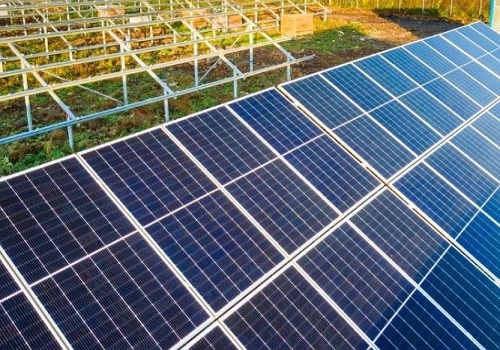
CareEdge Ratings in its latest report has said that India’s solar equipment manufacturing capacity is poised for healthy growth over the next 2-3 years, entailing a capex of nearly Rs 1 lakh crore. It stated of that Capex, an estimated debt funding of nearly Rs 70,000 crore is expected over the medium term, including investments in polysilicon and wafer capacities.
India’s renewable energy capacity stood at 155 Gigawatt as of September 2024, with the solar segment being the largest contributor at 91 GW, thanks to significant capacity additions over the past 7-8 years. The rising share of renewable energy capacity is due to strong policy focus, improving tariff competitiveness, and strong investor interest.
While India installed 18.5 GW of renewable energy capacity in 2023-24, it expects the annual installations to surpass 35 GW over the next two years, primarily supported by a healthy pipeline of more than 100 GW. The growth in solar capacity in the medium term will be driven by an annual tendering target of 50 GW renewable energy capacity through renewable energy implementing agencies, with the majority expected from solar. Significant capacity additions of 20 GW will come from rooftop solar, hybrid solar components, and off-grid solar over the next 2-3 years.
The government is proactive in its policy – it supports the industry through tariff and non-tariff barriers to drive demand for Indian players. To safeguard domestic cells and modules against the predatory pricing of Chinese counterparts, the government imposed a Basic Customs Duty (BCD) of 25 per cent and 40 per cent on Chinese cells and modules respectively, effective from April 01, 2022. The duty remains a key tool in enhancing the cost-competitiveness of domestic modules.
